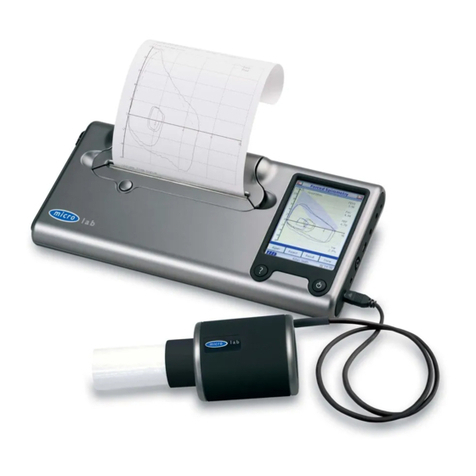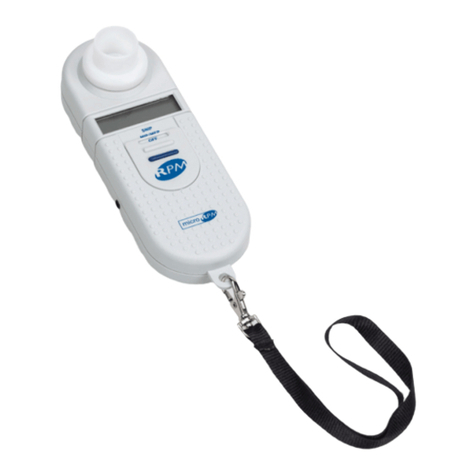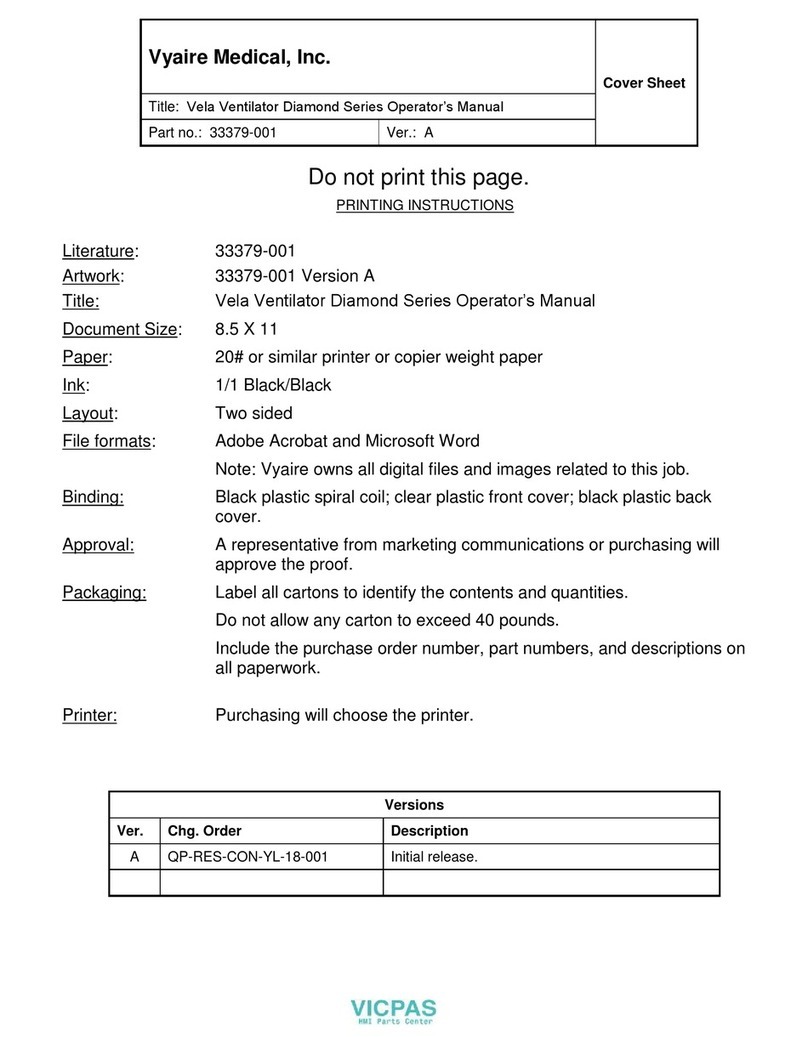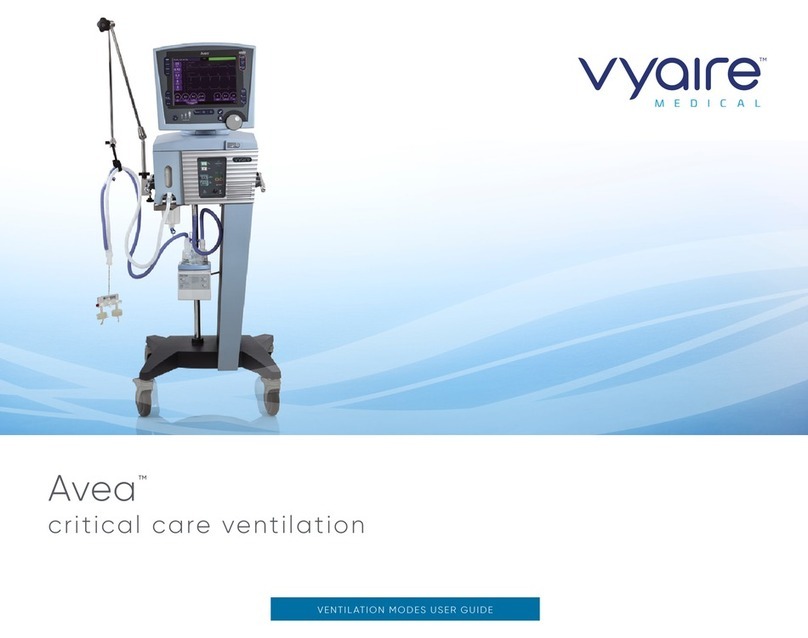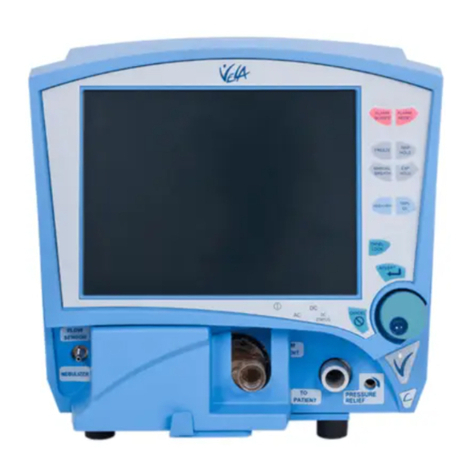Avea ventilator maneuvers �������������������������������������1
MIP/P100 Maneuver screen����������������������������������2–3
Controls ��������������������������������������������������������������������������2–3
Maximum inspiratory pressure (MIP) ���������������������4
Respiratory drive (P100)�������������������������������������������� 5
Inflection Point (Pflex) screen�����������������������������6–9
Controls �������������������������������������������������������������������������� 7–9
AutoPEEPaw Maneuver screen ����������������������� 10–11
Controls ������������������������������������������������������������������������������� 11
Esophageal maneuver screen ������������������������12–16
Testing ��������������������������������������������������������������������������12–13
Placement ������������������������������������������������������������������14–15
Additional information������������������������������������������������� 16
Table of contents
Tracheal catheter���������������������������������������������17–18
Placement ������������������������������������������������������������������ 17–18
Advanced pressure monitoring
of the respiratory system���������������������������������������19
Advanced mechanics ������������������������������������ 20–33
Compliance�������������������������������������������������������������20–22
Resistance ����������������������������������������������������������������23–24
Flow�������������������������������������������������������������������������������������� 25
Pressure���������������������������������������������������������������������� 26–27
AutoPEEP�������������������������������������������������������������������28–29
Work of breathing�������������������������������������������������30–33
Avea ventilator screens����������������������������������������34
Notes�����������������������������������������������������������������35–37







